Gosford Alive: New concept plans for former Kibbleplex site evoke former Sirius public housing building
New artist’s impressions have dropped for the Central Coast’s largest and most important development site. And one bears an eerie likeness to a condemned Sydney public housing block.
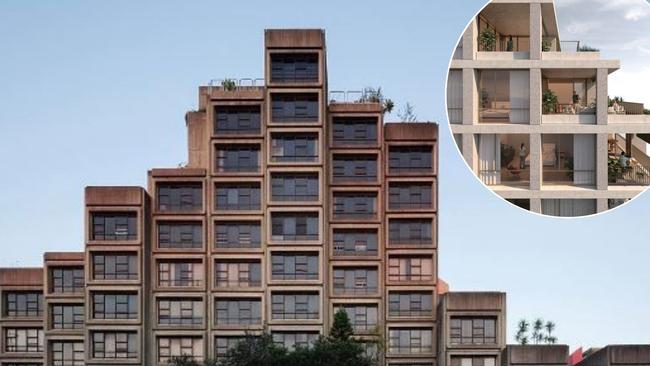
Central Coast
Don't miss out on the headlines from Central Coast. Followed categories will be added to My News.
Three architecture firms have teamed up to win an open design competition to shape the Central Coast’s single largest and most strategically important development site in the heart of Gosford.
And at least one artist’s impression to emerge from the shoebox-like facade of one of the five proposed towers bears a haunting similarity to the brutalist architecture of the Sirius building, a public housing structure designed in 1979.
Sydney-based Universal Property Group, which also trades as the Bathla Group, commissioned an open competition to design the latest iteration of the Gosford Alive project.
The 1.42ha site, which includes the former abandoned shopping centre opposite Kibble Park, has remained largely dormant since the Gosford City Council purchased the land for $11m in 2010.
Over the years, the site has gone by several names derived from the shopping centre, including Marketown, Marketplace and Kibbleplex.
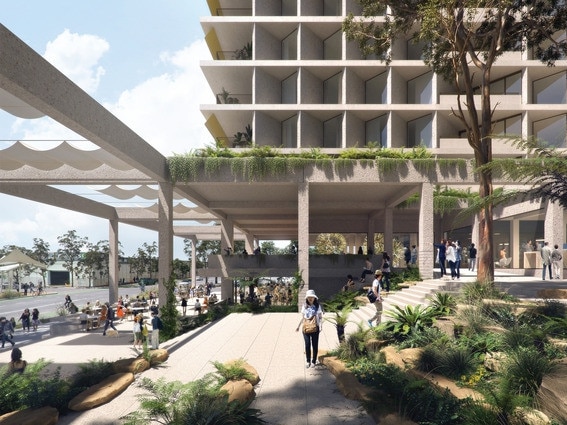
It was purchased from council in 2013 for $13m by the Lederer Group, which also owned the Imperial Shopping Centre diagonally opposite and which immediately lodged an $850m masterplan to revitalise the entire 5.8ha holdings.
That plan, which included 1400 residential units, was dubbed “Gosford Alive”.
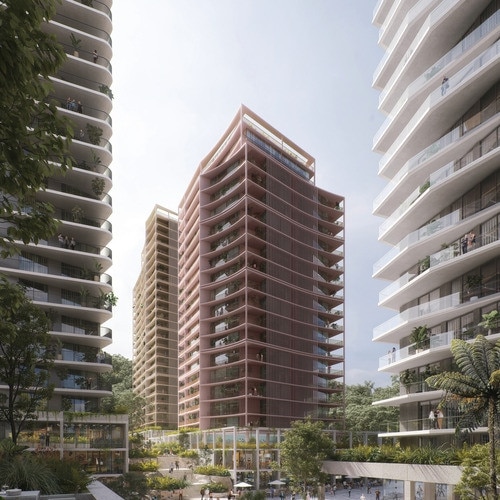
But by 2018, the concept was dead in the water after the council scrapped an incentive proposal that gave developers generous height and floorspace concessions to build in the CBD.
The Lederer Group lodged a slimmed down development application (DA) — dubbed Pacifica Gosford — just for the Kibbleplex site that would include five towers with more than 700 apartments behind layered retail podiums fronting Kibble Park at an estimated cost of $345m.
Those plans were eventually approved in 2020, but, the following year, the Lederer Group sold the Imperial Shopping Centre.
Then, in 2022, it put the Kibbleplex site, with DA approval, up for sale.
The site was purchased by Raj and Jai Construction for an undisclosed sum.
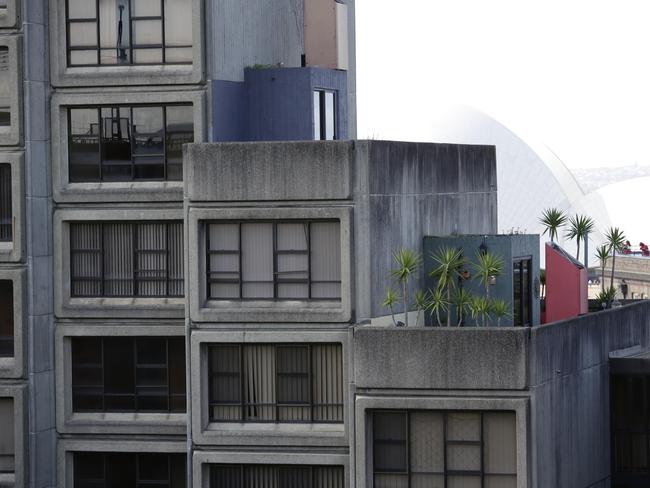
Since then Universal Property Group has become involved and ran a competition to redesign the Gosford Alive concept, which it plans to submit as part of a state significant development application later in the year.
Three design firms — Plus Architecture, Architecture AND and CHROFI — partnered to lodge the winning bid, which was judged by a jury chaired by the NSW Government Architect.
In a statement, the three architectural firms said CHROFI led the design of the civic plaza and ground plane, with tower 1 serving as a focal point overlooking Kibble Park.
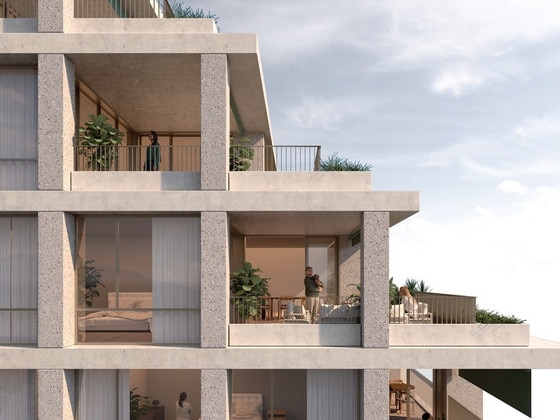
Plus Architecture envisioned residential towers 2 and 3, defining inviting public spaces at ground level and contributing to the overall coherence of the master plan.
Architecture AND designed residential towers 4 and 5, engaging with the newly established east-west link and Rumbalara Reserve.
Five artist’s impressions have been released showing the winning design, with one image bearing a striking resemblance to the brutalist architecture of the former Sirius building in Sydney.
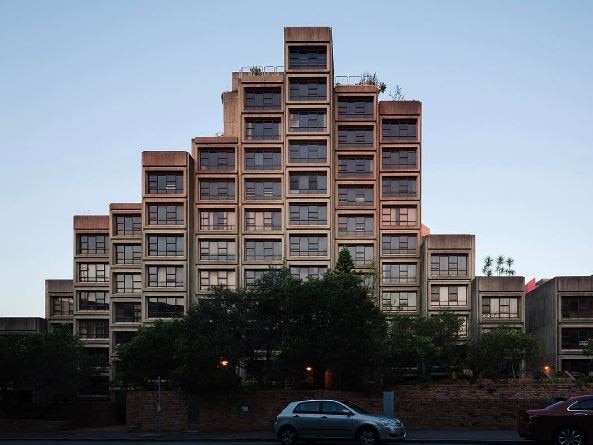
Designed by architect Tao Gofers in 1979, the Sirius building was built as public housing for The Rocks residents who were being displaced as the previously working class suburb was gentrified.
Almost from its outset the Sirius building, which sits alongside the southern approach to the Sydney Harbour Bridge, was divisive between its detractors, who described it as the “ugliest building in Sydney”, to those who lauded it as a distinctive example of Australian brutalist architecture and a reminder of The Rock’s working class heritage.
It was condemned in 2015 and almost faced the wrecking ball until the government backflipped in the face of a public outcry and the building was sold for $150m to be refurbished rather than demolished.





